Monthly Archives: March 2024
SOURCE: RAUNAK KUNDE / NEWS BEAT / IDRW.ORG

The Indian Army set to order an additional 100 South Korean-developed K-9 Vajra self-propelled howitzers, but debates are intensifying over the need for a shift towards greater reliance on self-propelled artillery. Lessons from the Ukraine War, where towed howitzers have proven vulnerable to counter-battery attacks, emphasize the importance of agility and survivability for modern battlefields.
Wheeled self-propelled howitzers offer potent firepower and enhanced mobility compared to traditional towed systems, but lack the armored protection and off-road capabilities of tracked platforms. India’s ambitious modernization plans include acquiring over 800 wheeled self-propelled howitzers, and a significant increase in its tracked artillery fleet.
Continue readingSOURCE: RAUNAK KUNDE / NEWS BEAT / IDRW.ORG
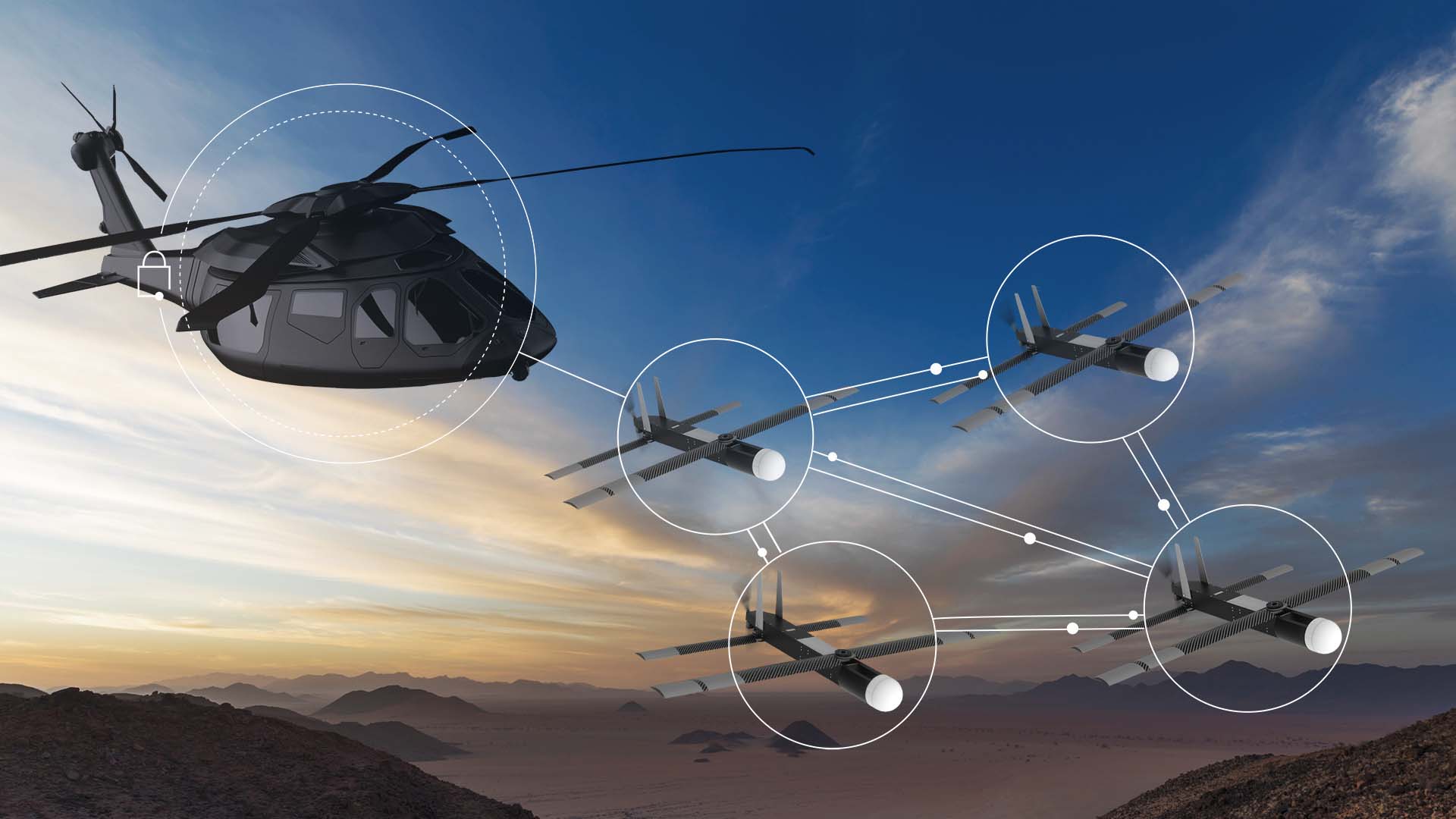
The Ministry of Defence (MoD) has issued a new challenge through iDEX ADITI Edition 1.0, targeting Indian startups. This initiative seeks the development of a next-generation weapon system for the Indian Air Force (IAF) – a helicopter-launched drone with Man-Unmanned Teaming (MUM-T) capability.
The primary goal is to equip Mi-17 class helicopters, a mainstay of the IAF, with a launch-and-forget or pilot-in-the-loop controlled drone solution. This armed drone should be capable of carrying a minimum warhead of 50 kilograms and strike targets at a distance exceeding 40 kilometers.
Continue readingSOURCE: RAUNAK KUNDE / NEWS BEAT / IDRW.ORG
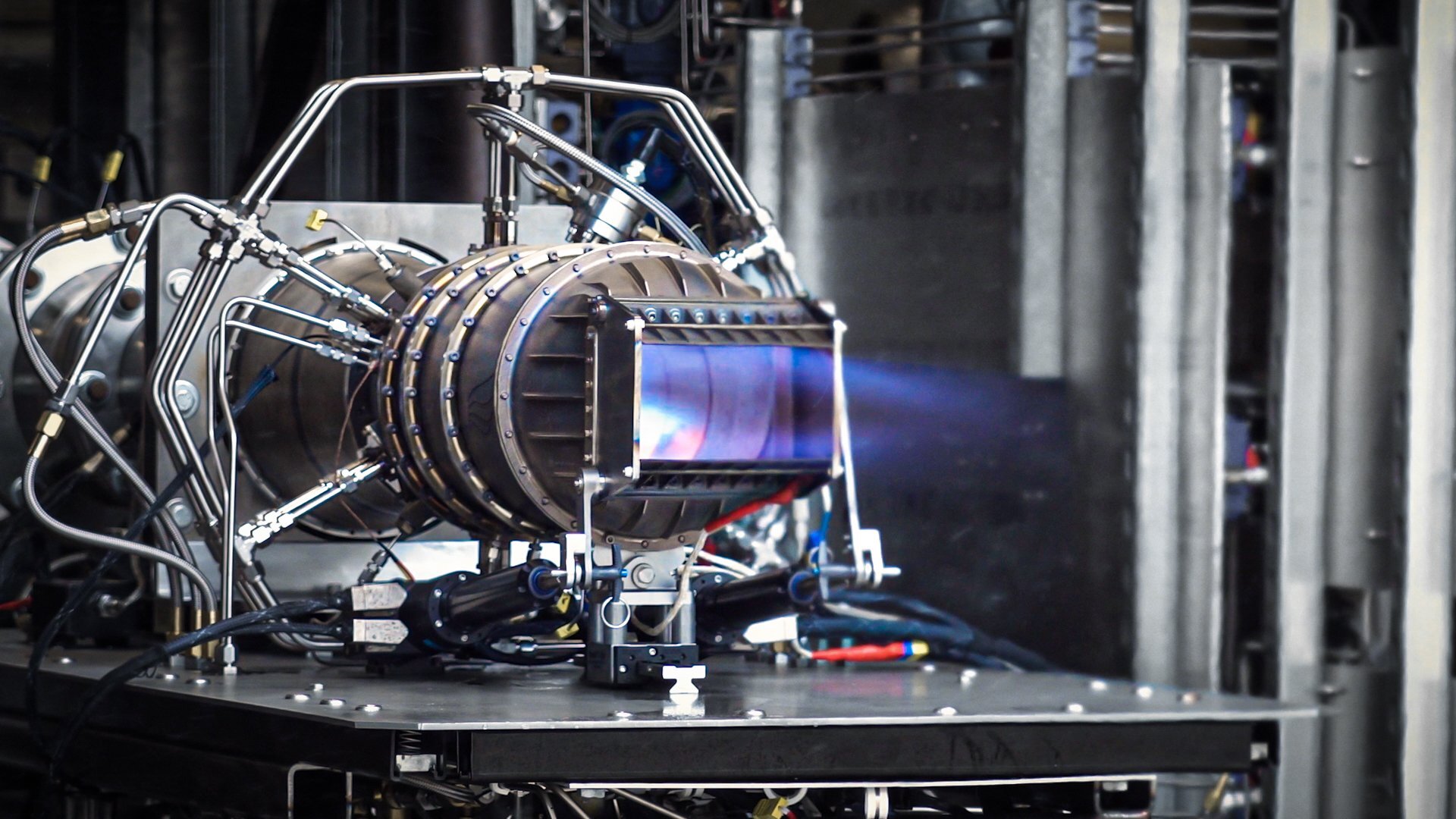
The Ministry of Defence (MoD) has launched a new initiative under iDEX ADITI (Acing Development of Innovative Technologies with iDEX) – Edition 1.0. This program specifically targets Indian startups with the challenge of developing a high supersonic to hypersonic ramjet engine for fixed-wing flying objects used by the Indian Navy.
The project aims to achieve self-reliance in a critical defence technology – hypersonic propulsion systems. This technology is crucial for developing next-generation missiles and high-speed aircraft capable of exceeding hypersonic speeds (Mach 5 and above).
Continue readingSOURCE: IDRW.ORG TEAM.

The Indian Army is gearing up for battle, not with new tanks, but with a significant power boost for its existing fleet of T-72s. A proposed 2300 crore (US$2.8 billion) plan will see nearly 1000 of these workhorses receive a 1000-hp engine upgrade, replacing their current 780-hp models.
The heart of the upgrade is the new engine, developed indigenously by retaining core components but swapping out peripheral systems like cooling and intake. This cost-effective approach retains reliability while adding vital muscle. Extensive testing ensures the upgrade is battle-ready.
Continue readingSOURCE: IDRW.ORG TEAM.
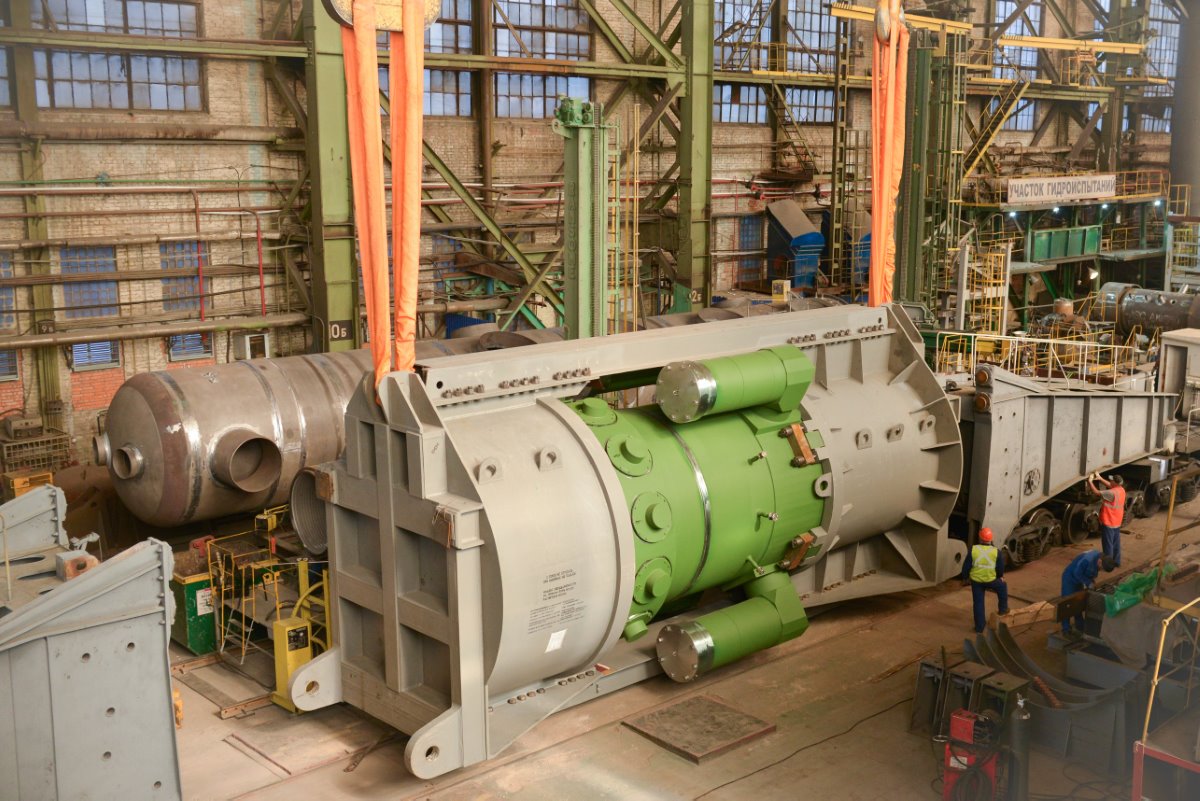
Russia has extended an offer to India for its RITM-200 series Small Modular Reactor (SMR) technology, potentially providing a clean and efficient energy source for the nation’s growing needs. This offer presents an interesting crossroads for India’s energy roadmap, raising questions of feasibility, safety, and geopolitical implications.
The RITM-200 is a PWR-based SMR, capable of generating up to 350 MW of electricity. Its compact size and modular design allow for faster construction and deployment compared to traditional large-scale nuclear power plants. Additionally, Russia emphasizes the proven track record of this technology, citing its successful application in powering their new generation of nuclear icebreakers.
Continue readingSOURCE: RAUNAK KUNDE / NEWS BEAT / IDRW.ORG
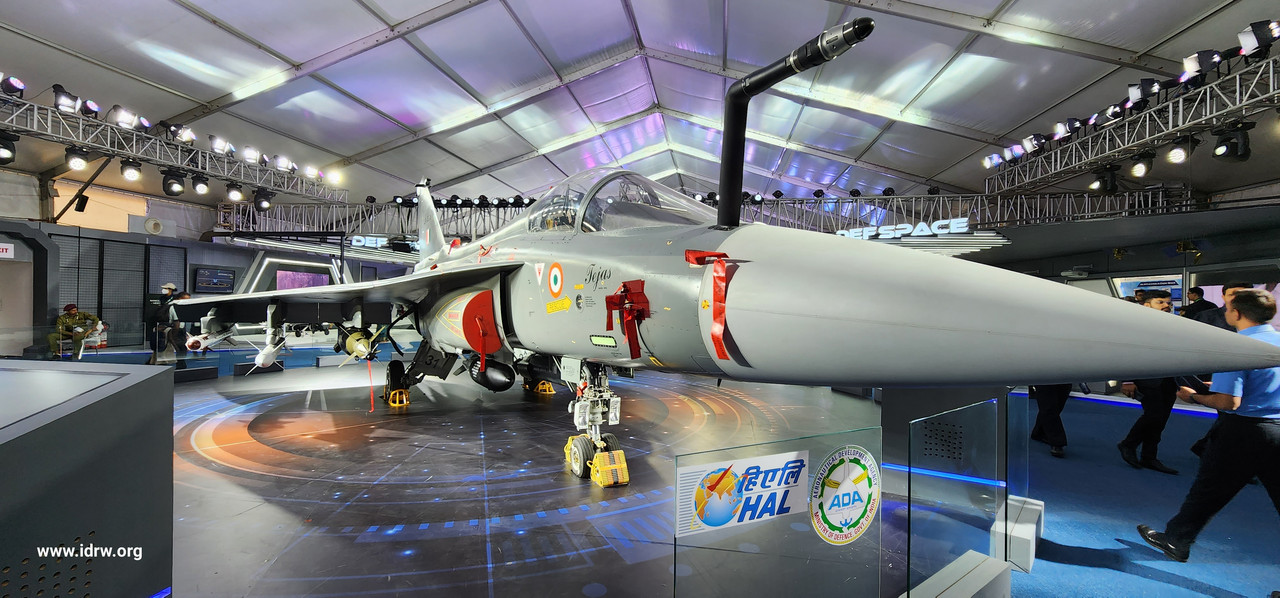
The Philippine Aerospace Development Corp (PADC) and India’s Hindustan Aeronautics Limited (HAL) are currently engaged in discussions aimed at enhancing the maritime defence capabilities of the Philippine Air Force (PAF) through the development of a customized version of the LCA-Tejas Mk1A aircraft. This initiative underscores the growing importance of naval aviation in safeguarding territorial waters and addressing regional security challenges in the Indo-Pacific region.
The LCA-Tejas Mk1A, a versatile multi-role fighter aircraft, is being considered for adaptation to the naval strike mission, specifically tailored to meet the operational requirements of the Philippine Air Force in countering maritime threats. While the Indian Air Force (IAF) has no immediate plans to deploy the LCA-Tejas Mk1A for naval strike missions, the aircraft’s potential for maritime operations are being explored through collaboration between PADC and HAL.
Continue readingSOURCE: RAUNAK KUNDE / NEWS BEAT / IDRW.ORG

Kalyani Group, a leading Indian defence and aerospace conglomerate, has expressed its interest in participating in the development of the Future Ready Combat Vehicle (FRCV) program. This ambitious project aims to replace the Indian Army’s ageing fleet of T-72 main battle tanks (MBTs) with next-generation 55-ton vehicles starting in 2030.
Company officials at the Maharashtra MSME Defence Expo highlighted Kalyani’s established expertise in manufacturing crucial tank components. Notably, the group is the first private sector company in India to successfully manufacture barrels for MBTs, surpassing even the quality of Russian-made ones for the T-72 and T-90 programs.
Continue readingSOURCE: RAUNAK KUNDE / NEWS BEAT / IDRW.ORG
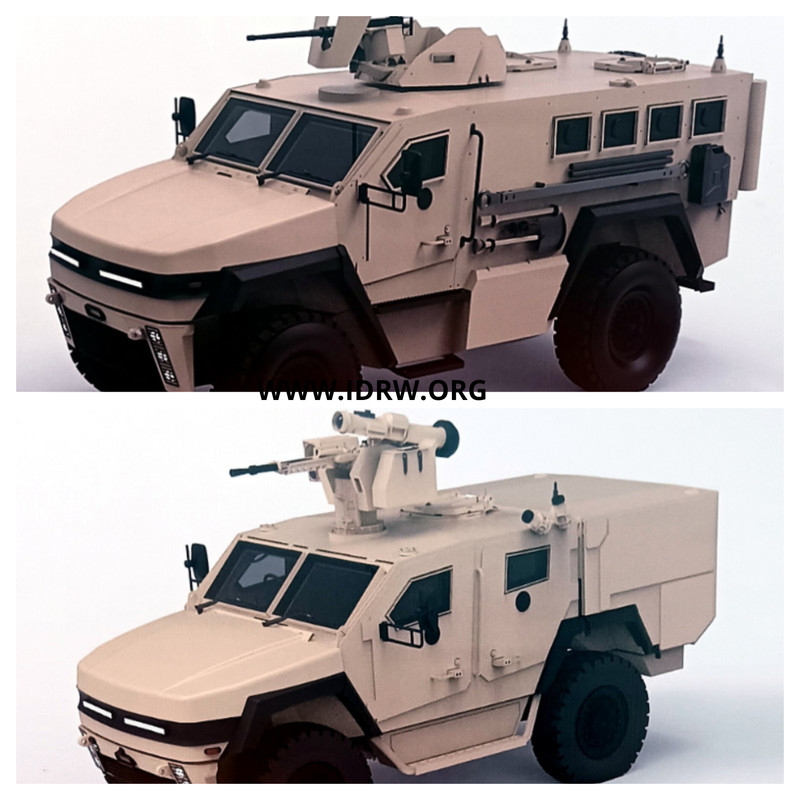
Tata Advanced Systems Limited (TASL) has unveiled details and specifications for two new armoured vehicle programs, showcasing its commitment to innovation in the Indian defence sector. These vehicles, the LAMV (Light Armoured Multipurpose Vehicle) and the Protected Mobility Vehicle (PMV) cater to the diverse operational needs of the armed forces.
The LAMV represents the epitome of versatility and agility, designed to excel in diverse operational environments. With seating for 2+2 personnel and a maximum gross vehicle weight (GVW) of 10,200kg, the LAMV offers exceptional mobility without compromising on protection.
Continue readingSOURCE: IDRW.ORG TEAM.

In a significant move to strengthen its maritime capabilities, the Indian Defence Acquisition Council (DAC) recently cleared the procurement of 15 C295 Maritime Surveillance Aircraft (MSA) for the Indian Navy and Indian Coastguard. This deal, valued at Rs. 29,000 crore, promises to enhance India’s surveillance, reconnaissance, and search & rescue operations, while also bolstering its anti-submarine warfare capabilities.
The C295 comes in two configurations: the Maritime Patrol Aircraft (MPA) and the Maritime Surveillance Aircraft (MSA). Both configurations contribute to strengthened national security. The MSA emphasizes surveillance and reconnaissance, while the MPA adds anti-submarine warfare capabilities.
Continue readingSOURCE: IDRW.ORG TEAM.
_1649835389928_1649835397730.png)
The ongoing war in Ukraine has sparked debate about the future of tanks in modern warfare. While images of destroyed Russian armor dominate headlines, Indian Army officials offer a nuanced perspective, attributing the losses more to “poor tactics” than inherent flaws in the technology.
The battlefield in Ukraine has seen extensive use of drones and man-portable anti-tank missiles like NLAWs, posing a significant threat to unaccompanied tanks. These weapons, coupled with artillery strikes, inflicted heavy losses on Russian tank formations, particularly in the early stages of the war.
Continue readingSOURCE: RAUNAK KUNDE / NEWS BEAT / IDRW.ORG
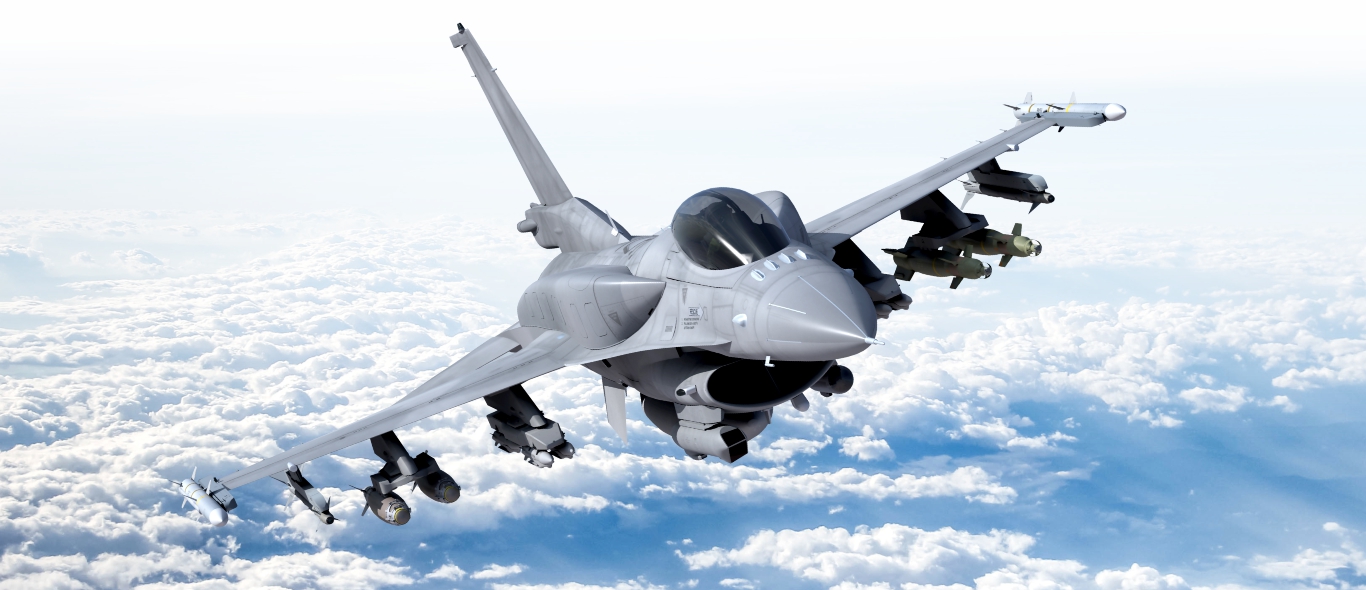
Lockheed Martin’s enduring pursuit of India’s Medium Multi-Role Fighter Aircraft (MRFA) tender remains a focal point in the global aerospace industry as the company continues to advocate for its proposed variant, the F-21. Amidst rising production levels at Lockheed’s factory in Greenville, South Carolina, which recently celebrated its 50th anniversary, the company sees sustained interest in the iconic F-16 fighter aircraft.
The Indian Air Force (IAF) is poised to issue a Request for Proposal (RFP) to all global Original Equipment Manufacturers (OEMs) later this year as part of its ambitious plan to procure 114 jets with Transfer of Technology (TOT).
Continue readingSOURCE: RAUNAK KUNDE / NEWS BEAT / IDRW.ORG

At the recent Maharashtra MSME Defence Expo, it has been confirmed to idrw.org that two private sector giants, Tata and Bharat-Forge, will serve as Development cum Production Partners (DcPP) for the Futuristic Infantry Combat Vehicle (FICV) program. This announcement marks a crucial advancement in India’s indigenous defence manufacturing and modernization efforts.
The genesis of this development can be traced back to the Defense Acquisition Council’s (DAC) decision last year, chaired by Defence Minister Rajnath Singh, which greenlit the procurement of the FICV for the Indian Army.
Continue readingSOURCE: RAUNAK KUNDE / NEWS BEAT / IDRW.ORG
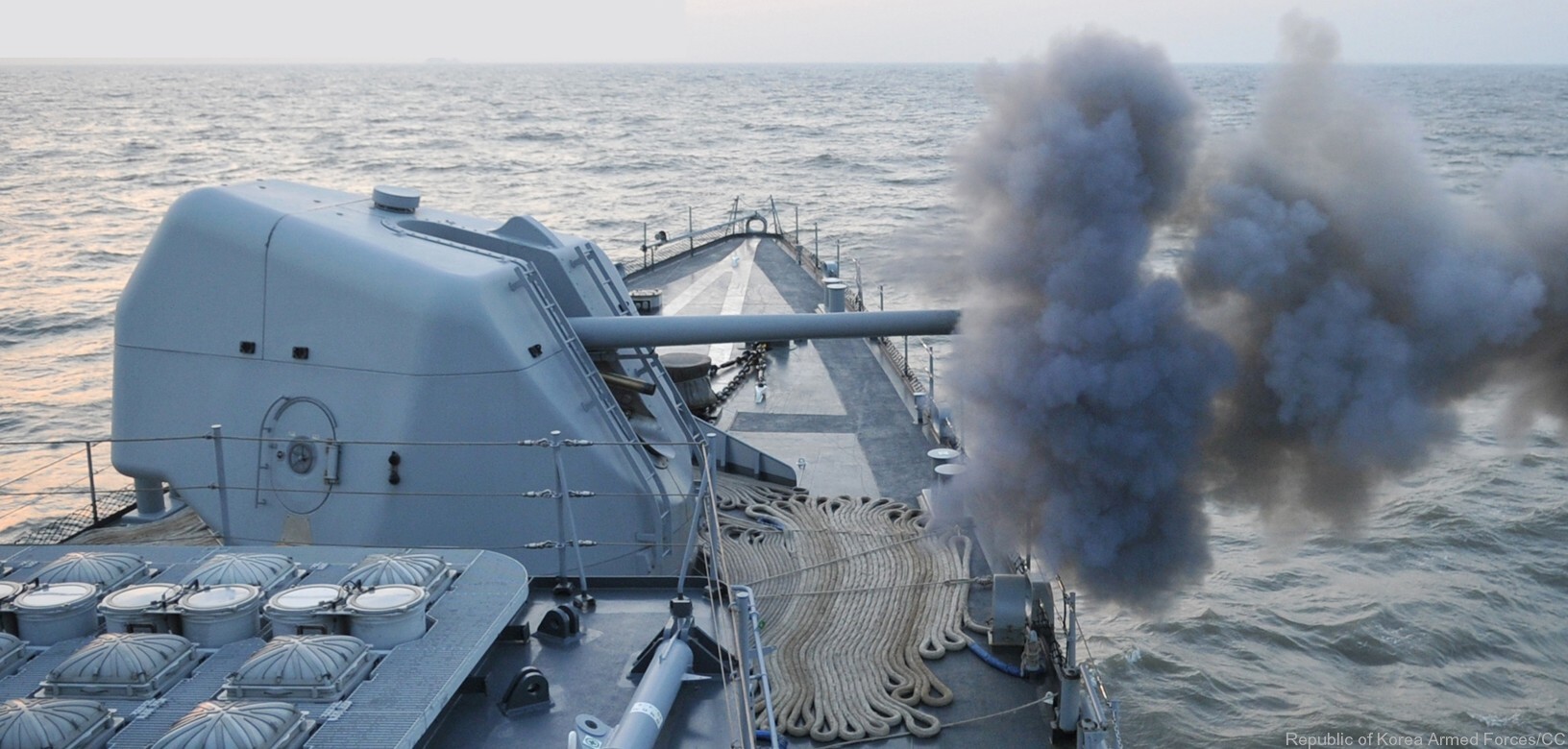
The Kalyani Group, a leading Indian defence contractor, has embarked on an ambitious project to bolster the Indian Navy’s firepower. The company is currently designing and developing three indigenous naval guns under the Make-I category of the Defence Acquisition Procedure (DAP) 2020. This government-funded initiative aims to reduce India’s reliance on foreign arms imports.
Kalyani Group officials, in talks with idrw.org, expressed their desire to translate their proven expertise in artillery guns to the naval domain. The company aims to deliver world-class naval guns tailored to the Indian Navy’s specific requirements.
Continue readingSOURCE: IDRW.ORG TEAM.

Adani Defence & Aerospace has expressed interest in the long-delayed Naval Utility Helicopter (NUH) program, according to statements by CEO Ashish Rajvanshi. The Indian Navy’s search for new helicopters presents opportunities for both competition and cooperation within the defense industry.
The Ministry of Defence envisions the procurement of around 111 Naval Utility Helicopters through a complex arrangement. These helicopters will be manufactured in India based on technology provided by a foreign OEM under the Strategic Partnership framework outlined in the Defense Procurement Procedure (DPP) 2016. This means the project involves:
Continue readingSOURCE: IDRW.ORG TEAM
Kalyani Group, a leading Indian defense and aerospace conglomerate, showcased a new short-range tactical Unmanned Aerial Vehicle (UAV) at the recent Maharashtra MSME Defence Expo. This marks the company’s foray into the development of UAVs for the Indian military and paramilitary forces.
While details about the UAV remain scarce, company officials confirmed to idrw.org that this is Kalyani’s first attempt at developing UAVs. They expressed their keenness to further explore this domain and develop both short-range and medium-range UAVs to cater to the diverse needs of the Indian armed forces.
Continue reading